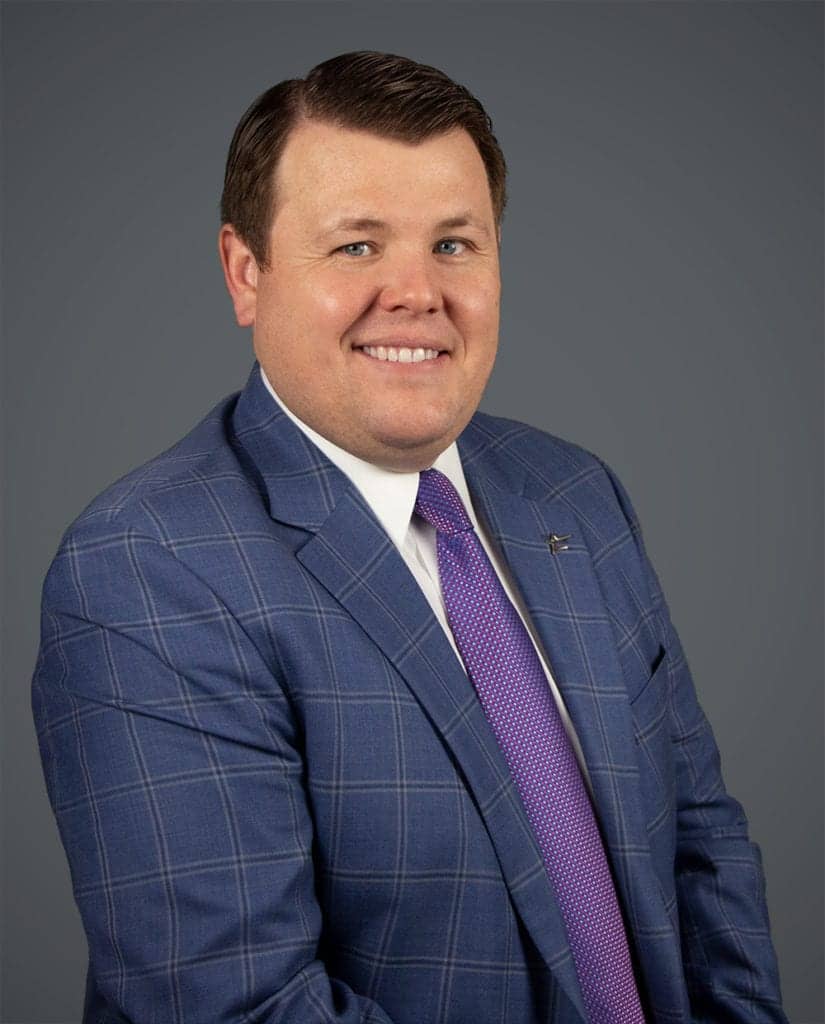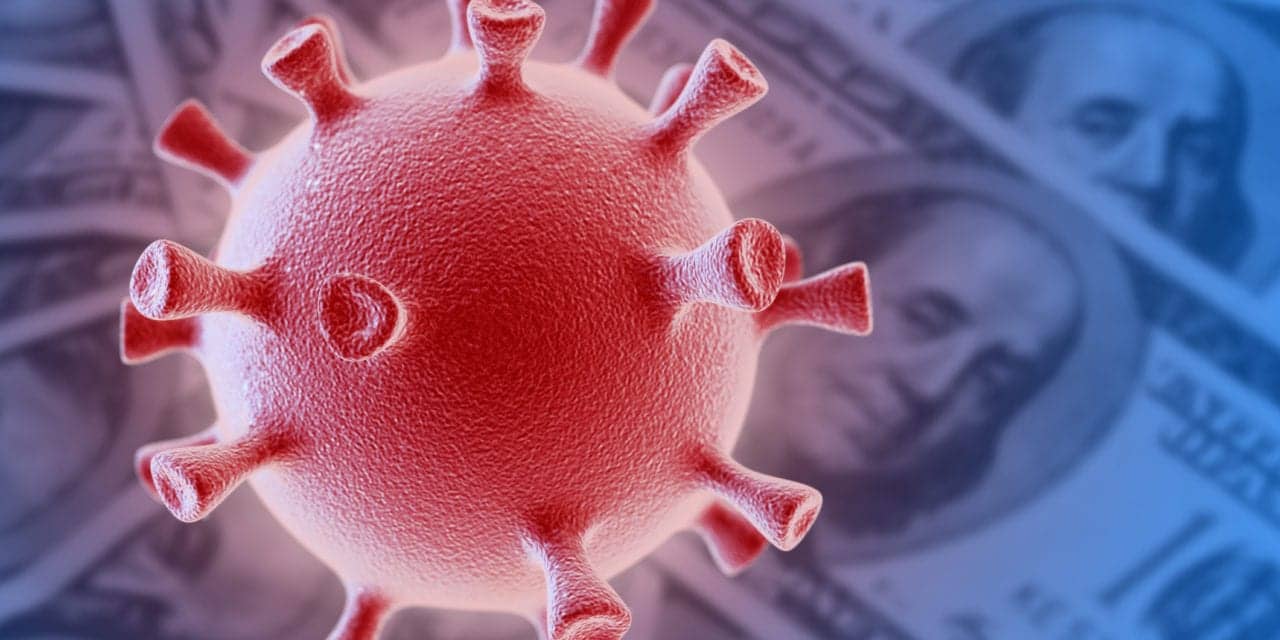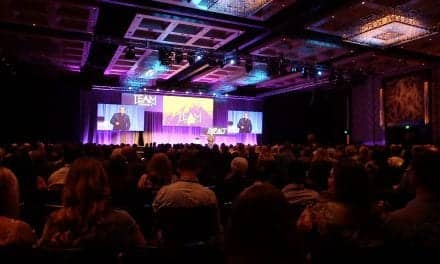By Michael Scholl
Prior to the COVID-19 pandemic, the Paycheck Protection Program (PPP) didn’t exist and most small business owners had never heard of Economic Injury Disaster Loans (EIDL). Over the last month, not only are small business owners now inherently aware of both programs, but #PPP and #EIDL have even trended on social media. In today’s 24/7 news cycle, the mere fact that two obscure government programs have trended on social media illustrates the importance and impact of the federal government’s response to the COVID-19 pandemic.
PPP and the EIDL emergency advance programs were born from the CARES Act, which President Trump signed into law on March 27, 2020. Both programs were designed to provide relief to small business owners dealing with the impact of COVID-19. Initially, the CARES Act appropriated $350 billion and $10 billion, respectively, to each program. However, as small business owners, many in the hearing industry are keenly aware that the funding for both programs was quickly depleted while hundreds of thousands of applications were still pending. Fortunately, Congress heeded the call from many, including a request from Starkey President Brandon Sawalich to quickly appropriate additional funding to both programs. The PPP received $310 billion and EIDL received $60 billion in supplemental funding. Time will only tell if and when both programs will run out of money again.
Since the outset of the COVID-19 pandemic, Starkey has managed a COVID-19 Resources Page where you can find the latest information about government relief programs, clinical procedures, and best practices. In addition, for the last six weeks Starkey has hosted a Friday webinar series that has featured many of Starkey’s industry experts and even two members of Congress. Thousands of hearing professionals have participated in these webinars and many questions have been asked and answered about the government relief programs. Below are five common questions and answers that many in the industry have asked about PPP and EIDL:
1) The amount of forgiveness of a PPP loan depends on the borrower’s payroll costs over an eight-week period. When does that 8-week period begin?
Answer: The 8-week period begins on the date the lender makes the first disbursement of the PPP loan to the borrower. The lender must make the first disbursement of the loan no later than 10 calendar days from the date of loan approval. For details, click here.
2) How much of my loan will be forgiven?
Answer: You will owe money when your loan is due if you use the loan amount for anything other than payroll costs, mortgage interest, rent, and utilities payments over the 8 weeks after getting the loan. Due to likely high subscription, it is anticipated that not more than 25% of the forgiven amount may be for non-payroll costs.
It’s important to recognize that you will also owe money if you do not maintain your staff and payroll.
- Number of Staff: Your loan forgiveness will be reduced if you decrease your full-time employee headcount.
- Level of Payroll: Your loan forgiveness will also be reduced if you decrease salaries and wages by more than 25% for any employee that made less than $100,000 annualized in 2019.
- Re-Hiring: You have until June 30, 2020 to restore your full-time employment and salary levels for any changes made between February 15, 2020 and April 26, 2020.
3) How can I request loan forgiveness?
Answer: You can submit a request to the lender that is servicing the loan. The request will include documents that verify the number of full-time equivalent employees and pay rates, as well as the payments on eligible mortgage, lease, and utility obligations. You must certify that the documents are true and that you used the forgiveness amount to keep employees and make eligible mortgage interest, rent, and utility payments. The lender must make a decision on the forgiveness within 60 days.
4) How do I calculate the maximum amount I can borrow, and how does an EIDL grant factor into my PPP loan?
Answer: The following methodology, which is one of the methodologies contained in the Act, will be most useful for many applicants:
- Step 1: Aggregate payroll costs from the last 12 months for employees whose principal place of residence is the United States.
- Step 2: Subtract any compensation paid to an employee in excess of an annual salary of $100,000 and/or any amounts paid to an independent contractor or sole proprietor in excess of $100,000 per year.
- Step 3: Calculate average monthly payroll costs (divide the amount from Step 2 by 12).
- Step 4: Multiply the average monthly payroll costs from Step 3 by 2.5.
- Step 5: Add the outstanding amount of an Economic Injury Disaster Loan (EIDL) made between January 31, 2020 and April 3, 2020, less the amount of any “advance” under an EIDL COVID-19 loan (because it does not have to be repaid).
5) Where do I find an eligible lender for the PPP?
Answer: https://www.sba.gov/paycheckprotection/find
Based upon conversations I have had with several members of Congress, I expect additional clarifications and changes from the Treasury Department and Small Business Administration (SBA) related to PPP and EIDL. The timing is still unclear, but we will do our best to continue to provide the most up-to-date information on our Covid-19 Resources Page. With any new law, the application, interpretation, and impact on individual businesses can vary, so I encourage you to seek guidance from your advisor to determine how PPP and EIDL may impact your business and employees.

About the author: Michael Scholl is Chief Compliance Officer and Executive Vice President of Corporate Relations at Starkey Hearing Technologies, Eden Prairie, Minn. He brings more than 15 years of leadership in both the private and public sector. Prior to joining Starkey, he led a Twin Cities-based consulting firm that specialized in providing strategic advice in the areas of coalition building, regulatory compliance, lobbying, government relations, message development, and paid media.
Correspondence to Michael Scholl at: [email protected]






I have a part-time employee who has a compromised immune system and left work in mid March. I let her know that I was having trouble applying for the PPP loan and she said that she had been thinking about applying for unemployment. She did and in fact is getting a little more than half of her typical paycheck every week. In addition she is receiving a $600 stimulus check every week. My question is what is my responsibility toward her with my PPP funds. I realize that she and I should be compensated with 75% of those funds for eight weeks of work, but my weekly pay now could cover that 75%. My question Is again am I obligated to pay her eight weeks Of. wages if she’s getting unemployment stimulus.